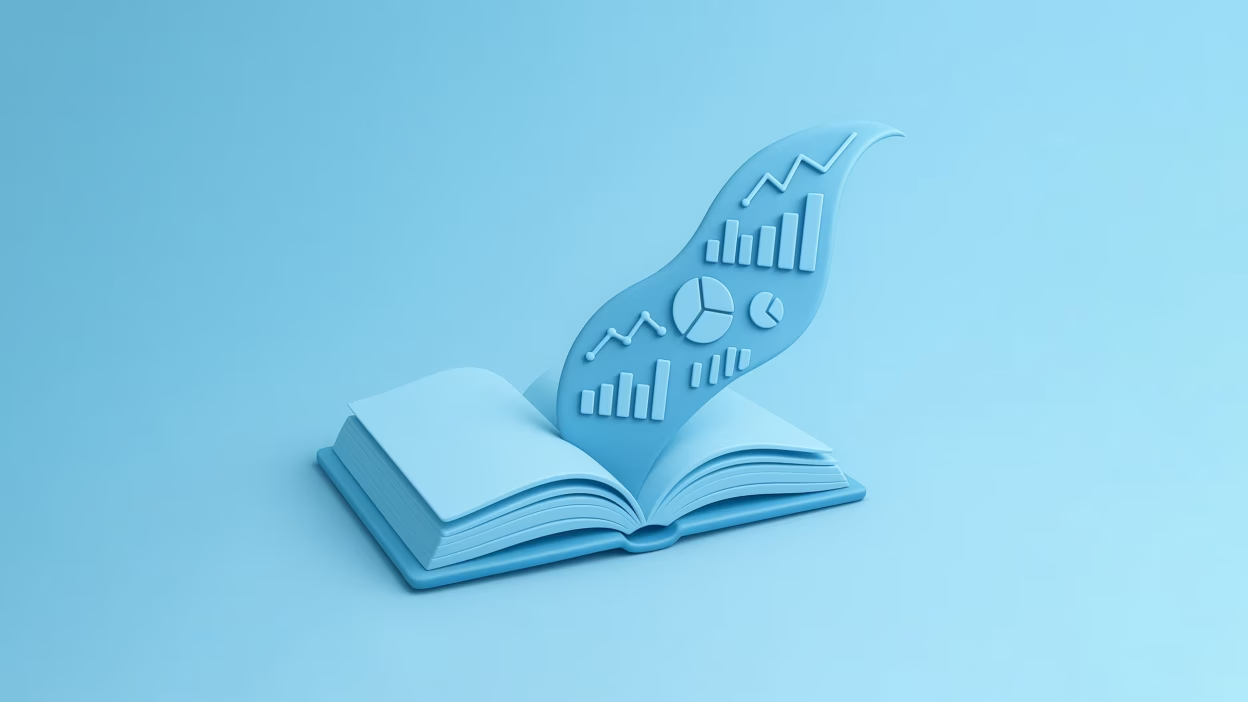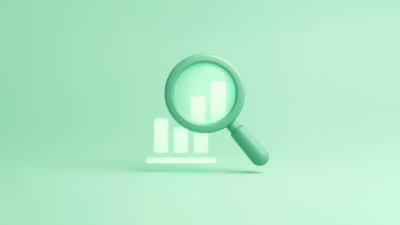Breaking into data science can feel like learning a new language—full of strange symbols, complex concepts, and endless online advice. For absolute beginners, the real challenge isn’t a lack of resources; it’s figuring out where to start.
While YouTube tutorials and courses have their place, a well-chosen book can offer clarity, structure, and depth like nothing else. Whether you’re a student, a working professional making a switch, or just data-curious, here are 5 of the best beginner-friendly data science books you can pick up in India in 2025.
I’m not throwing in every bestseller or hyped-up title. These are five books that actually teach, actually stick, and actually make sense when you’re starting from scratch.
No fancy rankings. No AI-generated summaries. Just honest picks that’ll walk you from zero to “I kinda get this now” without frying your brain.
1. Python for Data Analysis
by Wes McKinney

If you’re doing data science without this book on your desk or Kindle, you’re doing it the hard way.
Wes McKinney—aka the guy who created pandas—wrote this with the beginner in mind. Not a beginner to programming per se, but definitely to the wild world of working with real data.
You won’t find deep machine learning here. But what you will get is the stuff most courses skip: how to load data, clean it, reshape it, and actually make sense of it using Python. It’s like learning how to use a knife before someone hands you a scalpel.
Why it’s perfect for beginners:
- You learn by doing. Tons of hands-on examples.
- It’s practical. No unnecessary theory.
- Every dataset feels like a mini-case study.
- Updated regularly (the 3rd edition covers Python 3.10+ and modern pandas tricks).
Bonus: The paperback version is widely available across India—check Amazon, Flipkart, or local stores like Sapna or Crossword.
Best way to read it: Don’t read it cover to cover. Start coding along. And yes, retype the code—it burns it into your brain.
Personal moment: I hit a mental wall trying to understand multi-indexes. Wes’s explanation? Cleared it in 10 minutes. That chapter alone paid for the book.
2. Think Stats
by Allen B. Downey
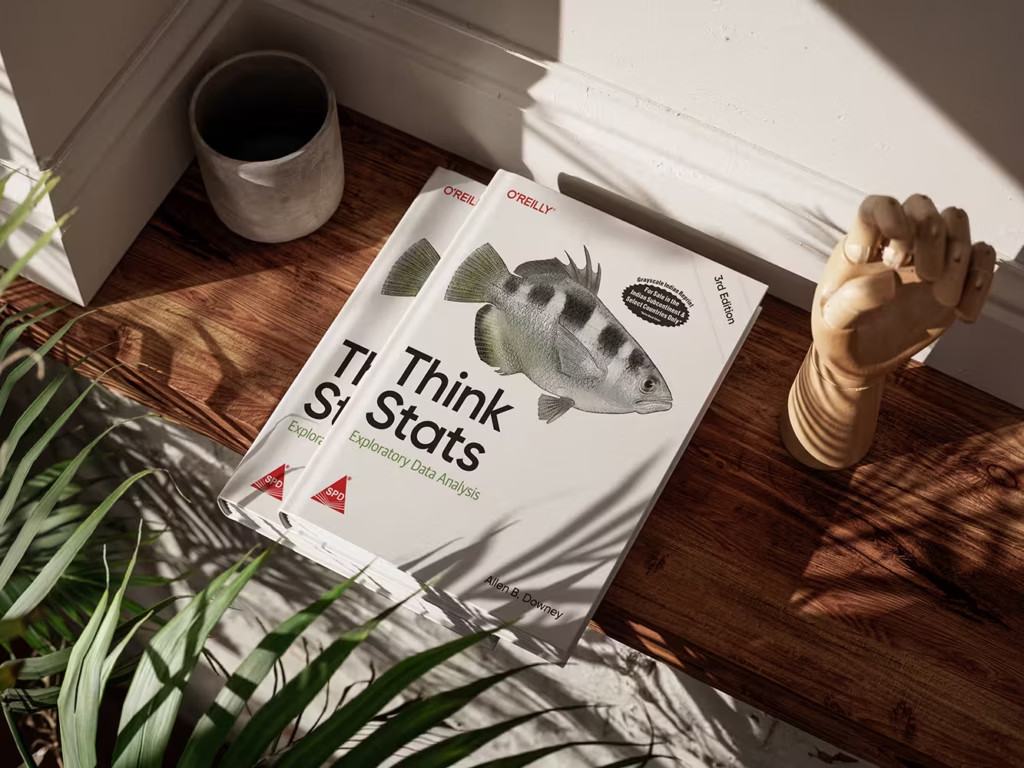
Stats has a PR problem. It’s either presented like some abstract math puzzle or as a set of formulas to memorize for exams. Neither works when you’re trying to learn data science.
That’s where Think Stats is different. This book teaches statistics through coding. Everything is done in Python. You don’t just learn the theory of distributions—you simulate them. You don’t just read about probability—you build the logic.
Why it’s a game-changer:
- Uses real data and examples.
- Starts with questions, not definitions. (“What’s the chance two babies have the same birthday?”)
- Builds your intuition. Slowly, clearly, and with code.
Heads up: It’s not “funny” or “interactive” like some bloggy tutorials. It’s clear, no-nonsense, and honest. Like a good teacher who doesn’t sugarcoat, but doesn’t overwhelm either.
Where to find it: You can legally read it online for free at thinkstats2.com, or grab a hard copy if you prefer to underline things like a maniac (guilty).
Tl;dr: If you fear statistics, this book is your antidote. You’ll walk away understanding the why, not just the how.
3. Data Science for Beginners
by Andrew Park (India Edition)
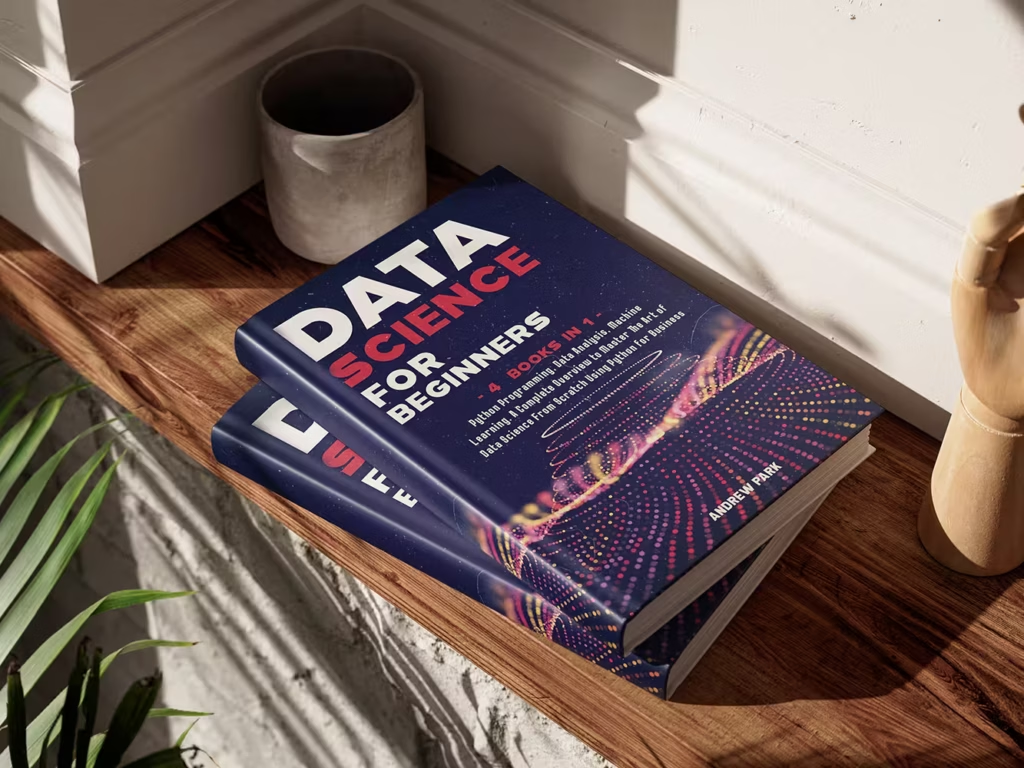
Now, I’ll be honest—I usually avoid anything titled “for beginners.” Most of them talk down to you or oversimplify until nothing’s left. But Andrew Park’s version actually respects your intelligence while guiding you gently.
It’s written in plain English. And no, not “American plain English”—I mean, understandable even if English isn’t your first language (which matters a lot for learners in India).
What makes it special:
- Covers the entire data science pipeline—collecting, cleaning, exploring, modeling, and communicating.
- Doesn’t assume you’re already a coder.
- Has a ton of Indian-context examples (in the India edition)—things like railway ticket prices, pollution levels, or cricket data.
It’s less “deep dive” and more “solid orientation.” The kind of book you read before going deep into machine learning or SQL.
Who it’s for: Total newcomers. If you don’t know what a CSV is, or if “model accuracy” sounds like a buzzword, this is your safe start.
Pro tip: Use this book to build your mental map of the field. Then double back with books like McKinney’s and Downey’s to fill in the gaps.
Where to get it: Amazon India has the 2025 local reprint—cheaper than imports, and often bundled with starter notebooks or cheat sheets.
4. Introduction to Machine Learning with Python
by Andreas Müller & Sarah Guido

Here’s where you level up. You’ve got your basics down. You can wrangle a DataFrame. You understand averages and probabilities. Time to meet your first real ML models.
This book is the go-to for beginners who want to learn machine learning without getting buried in calculus or Greek symbols.
Why it works:
- Step-by-step explanations using
scikit-learn. - Real examples like spam detection or medical diagnosis.
- Covers common beginner mistakes—like overfitting, feature leakage, or misunderstanding accuracy.
And it teaches you how to think like a data scientist. Not just run code.
Common misconception: People think ML = deep learning. Nope. This book proves that traditional ML (like decision trees and logistic regression) solves 90% of problems better and faster.
What to watch out for: It assumes you already know basic Python and some pandas. So don’t start here—come to it in month 4 or 5 of your learning journey.
Where to find: It’s imported but available on Amazon India. Also stocked at larger bookshops in metros like Bangalore, Mumbai, and Delhi.
Personal note: I still open this book when I need a clean reference on model pipelines. It’s that solid.
5. Storytelling with Data
by Cole Nussbaumer Knaflic
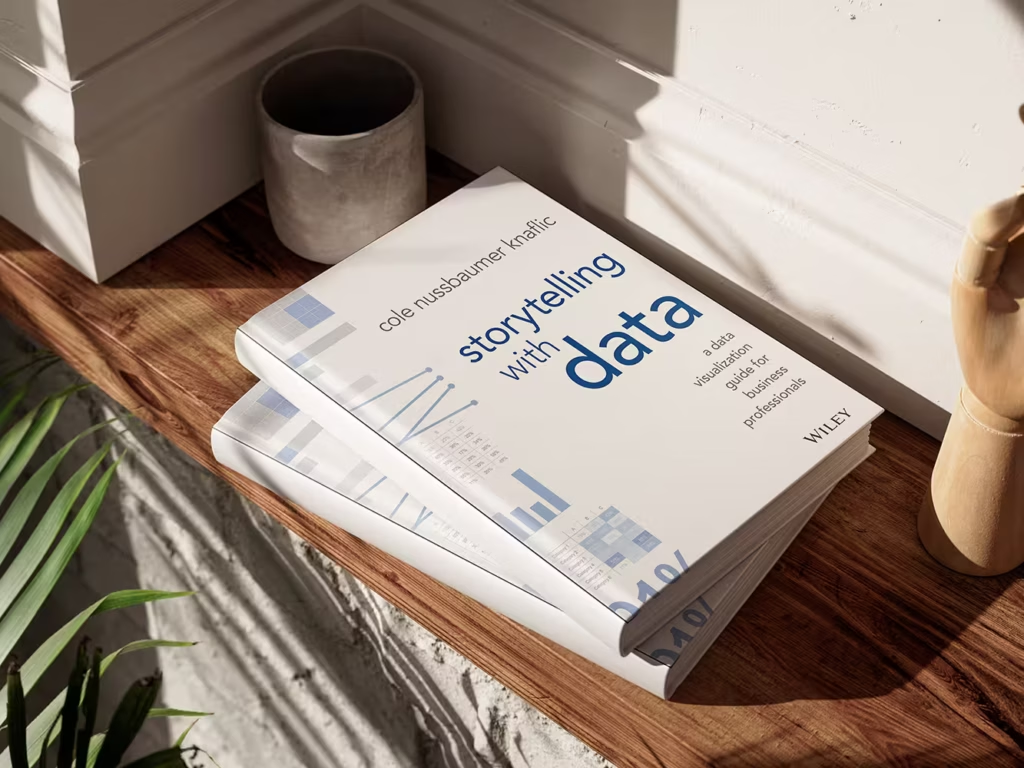
Now, don’t roll your eyes. This isn’t a “design” book. It’s a data science book. One that finally talks about how to communicate what your model found without making your audience fall asleep.
Because here’s the truth: No one cares about your fancy accuracy score if they can’t understand it. If your plot looks like a Jackson Pollock painting, you’re not helping anyone.
Why you’ll love it:
- Shows how to make clean, focused charts that speak.
- Teaches you to simplify without dumbing down.
- Tons of before/after examples. You’ll never look at a pie chart the same way again (and that’s a good thing).
This book has zero code. And that’s fine. Because at some point, you need to step away from Python and ask: Can I explain this to a manager, client, or grandma?
For beginners? Absolutely. Especially if you’re coming from a non-tech background (business, economics, journalism). This book is the bridge.
Where to get: Available at Indian bookstores and online retailers. Bonus: plenty of second-hand copies floating around OLX and campus book fairs.
Quick win: Read just one chapter and redo the visuals in your last project. Instant upgrade.
Final Thoughts: Books Don’t Teach. You Learn.
Let me end with a slightly unpopular opinion: No book will turn you into a data scientist. Not by itself.
Books are tools, not magic. They only work if you show up. That means coding along, stopping to Google, re-reading tricky chapters, and actually building things.
So don’t buy all five at once. Start with one. Stick with it. Apply what you learn. Then move to the next.
Here’s the reading order I’d suggest:
- Python for Data Analysis – Get fluent with real data.
- Think Stats – Build your statistical thinking.
- Data Science for Beginners – Map the big picture.
- Introduction to ML with Python – Start modeling.
- Storytelling with Data – Learn to communicate.
You’ve got this. One page, one script, one notebook at a time.


